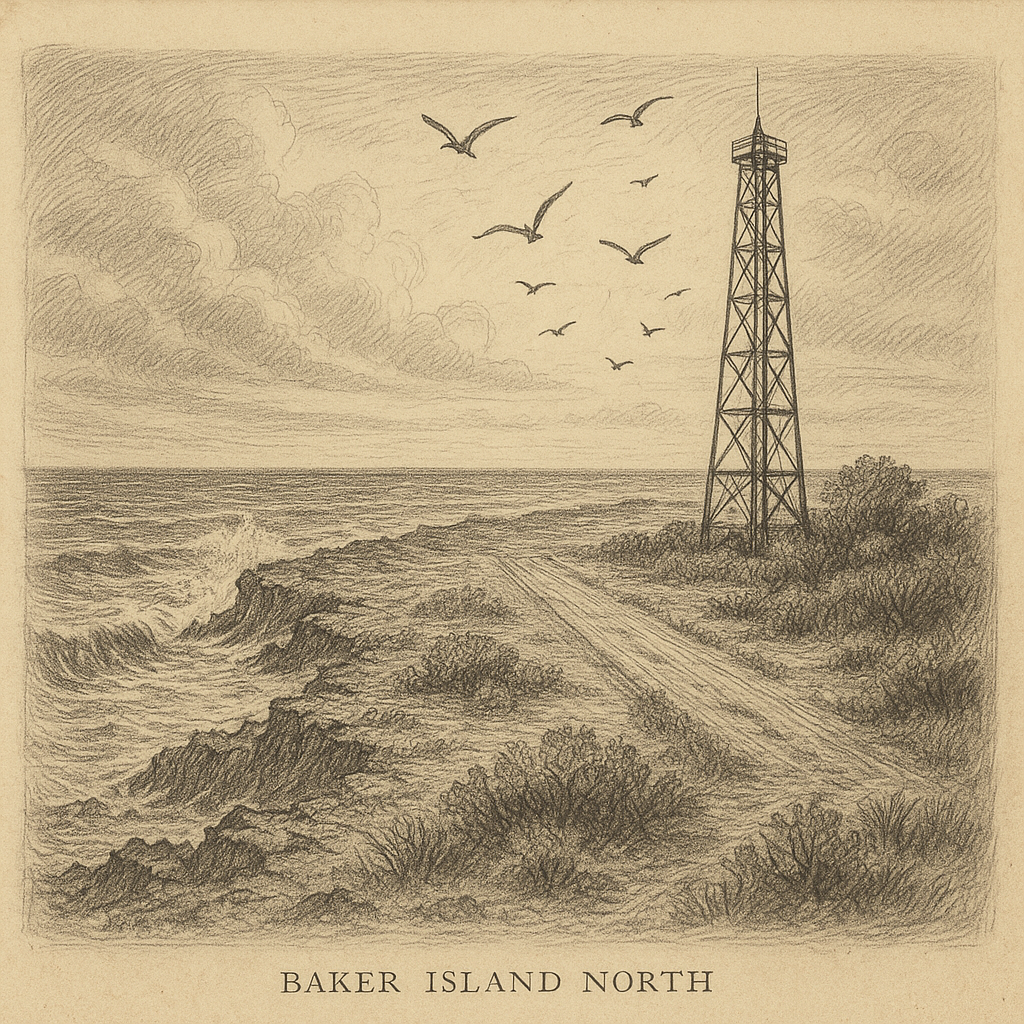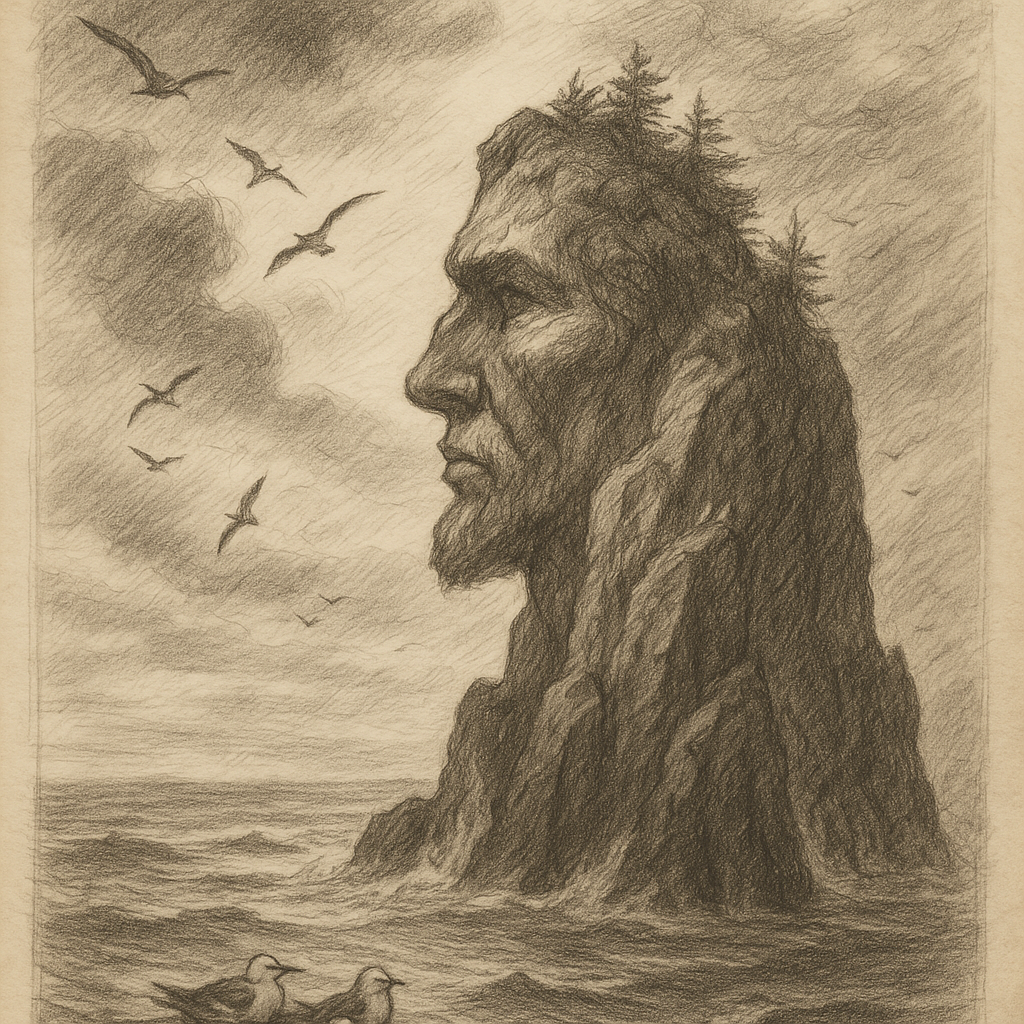Trundle Island: A Remote Gem of the Southern Ocean
Trundle Island, a forgotten sliver of land adrift in the vast expanse of the Southern Ocean, remains one of the planet’s most isolated territories. Unknown to most and uncharted by many, this rugged island holds geological intrigue, striking biodiversity, and cultural legends that captivate the curiosity of explorers and researchers alike. Here are the key features and stories surrounding Trundle Island.
Location and Geographical Context
Trundle Island is located roughly 1,200 kilometers south of New Zealand and nearly equidistant west of the southernmost tip of Chile. Nestled in the frigid reaches of the southern latitudes, it is often shrouded in mist and battered by tempestuous seas. The island lies along the Scotia Plate boundary, a tectonically active region between the South American and Antarctic Plates.
The island spans a modest 21.6 square kilometers, forming part of a submerged volcanic arc aligned with extinct undersea calderas that stretch across the seafloor. The shoreline is sharply contoured, featuring steep ocean cliffs, jagged basalt columns, and narrow black pebble beaches that vanish beneath tides rising nearly 4 meters during storms.
Volcanic Origins and Geological Features
Trundle Island is of volcanic origin, believed to have emerged from the sea approximately 1.6 million years ago during the late Pliocene epoch. The island’s core is composed of basaltic lava flows interspersed with pyroclastic deposits, evidence of its explosive past.
The central highlands are dominated by Mount Eyra, an extinct stratovolcano rising to 812 meters above sea level. While currently dormant, minor fumarolic activity has been observed in crevices near the summit, suggesting a dormant but not extinct system. Seismic monitoring by remote instruments confirms a continuous low-level tectonic activity in the region.
The slopes of the mountain are deeply incised by glacial ravines, remnants of past colder epochs, and seasonal snow caps the peak during winter months.
Climate and Biodiversity
Trundle Island’s weather is classified as subpolar oceanic, with short, cool summers and long, damp winters. Annual precipitation surpasses 2,000 mm, largely driven by moisture-laden winds from the surrounding ocean. Fog and strong westerly gales are common throughout the year, contributing to the region’s windswept and lichen-draped landscapes.
The island is largely tundra-like, with mosses, liverworts, and low-lying shrubs dominating the flora. Despite its harshness, Trundle Island boasts a surprising array of endemic species. Among them is the Trundle storm petrel, a rarely seen seabird that nests exclusively in the island’s rocky crevices. The surrounding waters teem with marine life, including orcas, fur seals, and massive blooms of krill.
Trundle Island has been designated an Ecological Refuge of High Importance due to its biodiversity and has drawn the attention of a handful of conservation groups focused on monitoring and protecting its fragile ecosystems.
Human Presence and Access
Due to its remote location and challenging weather, Trundle Island has no permanent human population and has never supported sustained settlement. The only human structures are remnants of a 19th-century sealing camp and a modern weather outpost operated intermittently by international climate research teams.
Access to the island is tightly regulated. Permits are issued strictly to researchers and conservationists through a joint international agreement managed by the Trundle Island Environmental Council (TIEC). Visiting the island requires coordinated boat access, often limited to the brief window from December to February when sea ice recedes.
Curiosities of Trundle Island
Trundle Island is not without its share of peculiarities. Notably, it is home to a mysterious species of bioluminescent fungi that illuminates portions of forest floor during the month of July. Scientists speculate the glow may play a role in attracting rare island insects for spore distribution, though definitive research is still underway.
Another point of interest is the presence of curious petroglyph-like shapes etched into stones near the northern cape. First discovered in 1987 during an ecological survey, these symbols bear no resemblance to local oceanic or South American cultures, fueling theories of unknown early seafarers or even pre-human origin, though most scholars are skeptical.
Furthermore, every few years a phenomenon referred to locally as “Trundle Halo” appears—a luminous ring in the sky formed by the rare alignment of sea spray, low sun angles, and ice crystal clouds. While entirely natural, locals and early explorers often regarded it as an omen.
Legends and Lore
Local maritime folklore, particularly among southern Chilean fishers and Māori oral traditions, mentions a “ghost island” that moves with the tides—an apparent reference to Trundle Island. While no direct cultural ties exist, legends persist that the island houses the spirits of lost navigators. Stories speak of strange whispers in the fog and phantom ships surrounding the island on moonless nights. Some legends claim that the island only reveals itself to those “not searching for land.”
A particularly persistent legend references a hidden cave within Mount Eyra, said to contain a perfectly preserved skeleton wearing bronze and jade ornaments. Despite numerous attempts, no such cave has yet been found.
Conservation and Future Prospects
In recent decades, Trundle Island has emerged as a critical location for understanding subpolar ecosystems and climate change. The island’s untouched environment offers a pristine natural lab for studying the effects of rising ocean temperatures, shifting marine migrations, and glacial retreat.
TIEC and affiliated organizations have launched collaborative efforts to maintain the ecological integrity of the island. These include periodic monitoring, invasive species prevention measures, and the establishment of a digital biodiversity registry updated annually by field researchers.
While Trundle Island will likely never host tourists or settlements, its scientific and mythological appeal ensures its enduring intrigue. Floating silently in the great southern ocean, it remains an enduring symbol of the Earth’s mystery, resilience, and the untamed beauty of isolation.


